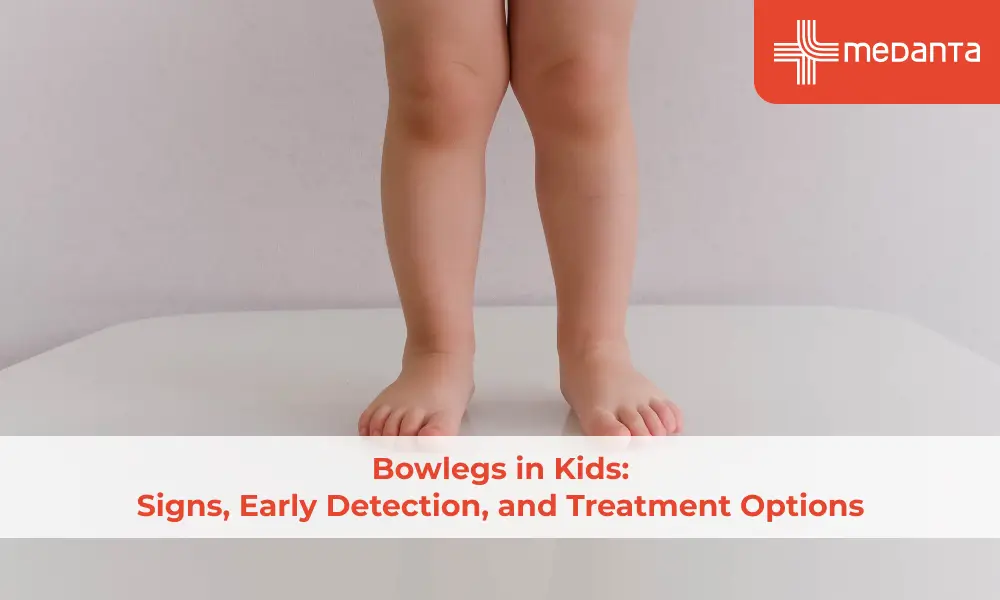Epilepsy

Epilepsy is a neurological condition of the central nervous system characterized by abnormal brain activity, resulting in seizures or episodes of odd behavior, feelings, and, in some cases, loss of awareness.
Epilepsy can affect individuals of any gender, age, race, or cultural background. The symptoms of seizures can vary greatly among individuals, with some experiencing brief periods of blank staring and others having continuous limb or leg jerking. It is important to note that a single seizure does not necessarily indicate epilepsy.
To diagnose epilepsy, at least two unprovoked seizures occurring at least 24 hours apart are usually required. Treatment with medication or surgery is typically effective in controlling seizures for the majority of epilepsy patients.
While some patients need ongoing medication to manage their seizures, others eventually experience a cessation of their seizures. With time, some epileptic kids may outgrow their condition.
Symptoms:
The most common symptom of epilepsy is recurrent seizures. However, depending on the type of seizure you have, your symptoms change.
Signs and symptoms of seizures include:
- Temporary loss of consciousness or awareness.
- Muscular jerking, loss of tone, and uncontrolled muscle action.
- "Staring into space" or a blank stare.
- Temporary confusion, sluggish thinking, communication and comprehension issues.
- Changes in hearing, vision, taste, smell, or tingling sensations or numbness.
- Issue comprehending or speaking.
- Goosebumps, a stomachache, and waves of heat or cold.
- Lip-smacking, chewing gestures, hand and finger rubbing.
- Signs of the paranormal such as terror, dread, anxiety, or déjà vu.
- Increased breathing or heart rate.
Diagnosis:
Your doctor will examine your symptoms and medical background in order to make a diagnosis. To identify epilepsy and ascertain the source of seizures, your doctor may conduct a number of tests that may consist of:
- Blood test: To investigate the potential underlying causes of seizures, your healthcare provider may ask for a blood sample to check for infections, genetic disorders, or other related issues.
- Neurological examination: In order to diagnose your problem and identify the type of epilepsy you could have, your doctor may do tests on your behavior, motor skills, mental function, and other aspects of your health. The most frequent diagnostic techniques for epilepsy are:
- Electroencephalography (EEG): This examination measures the electrical activity of your brain. Seizures can be identified as they are linked with certain aberrant electrical patterns.
- Brain scan: Magnetic resonance imaging (MRI) is used to detect abnormalities in blood arteries, malignancies, and other disorders.
Treatment:
The main treatments for epilepsy are anti-seizure drugs, ketogenic diet therapy, and surgery/devices. Anti-seizure drugs can control seizures in 60% to 70% of cases. If drugs are ineffective, a ketogenic diet or specialized devices may be recommended.
In severe cases, surgery may be an option, including stereotactic radiosurgery, disconnection, surgical resection, and neuromodulation device implantation, such as vagus nerve stimulation, deep brain stimulation, and responsive neurostimulation.
Alarming factors:
Seizures can result in serious physical injuries, and epilepsy is associated with fatal conditions such as status epilepticus and sudden unexplained death in epilepsy (SUDEP).
Status epilepticus refers to a prolonged seizure or a series of seizures that occur quickly without any recovery period in between. It is considered a medical emergency.
SUDEP is a rare condition where individuals with epilepsy die suddenly and without any apparent explanation. Death often occurs during sleep or at night. Researchers believe that several factors could contribute to SUDEP, such as an irregular cardiac rhythm, breathing issues, inhaling vomit, and disruptions in brain function.
Seizures can cause significant heart rhythm problems or cardiac arrest, leading to an irregular cardiac rhythm. Breathing issues can also be fatal if the heart and brain do not receive enough oxygen or if breathing stops, which could happen due to sleep apnea or airway obstruction during a convulsive seizure. Inhaling vomit during or after a seizure can obstruct the airway, and having a seizure can disrupt the brain's natural processes that control breathing and heart rate.
Conclusion:
People of all ages are susceptible to epilepsy, a chronic, noncommunicable brain condition. It is characterized by repeated seizures, which are short intervals of involuntary movement that can affect either a portion of the body (partial seizures) or the entire body (generalized seizures). Partial seizures and generalized seizures can occasionally be followed by loss of consciousness and loss of control. Epilepsy is associated with an increased incidence of psychological illnesses, such as anxiety and depression, as well as more physical issues (such as fractures and bruises from seizure-related traumas). Moreover, patients with epilepsy have a risk of dying prematurely that is up to three times greater than that of the general population. A great proportion of the symptoms and causes of death due to epilepsy are manageable if they are diagnosed and treated early in life. Treatment options vary from drugs and diets to surgeries.





